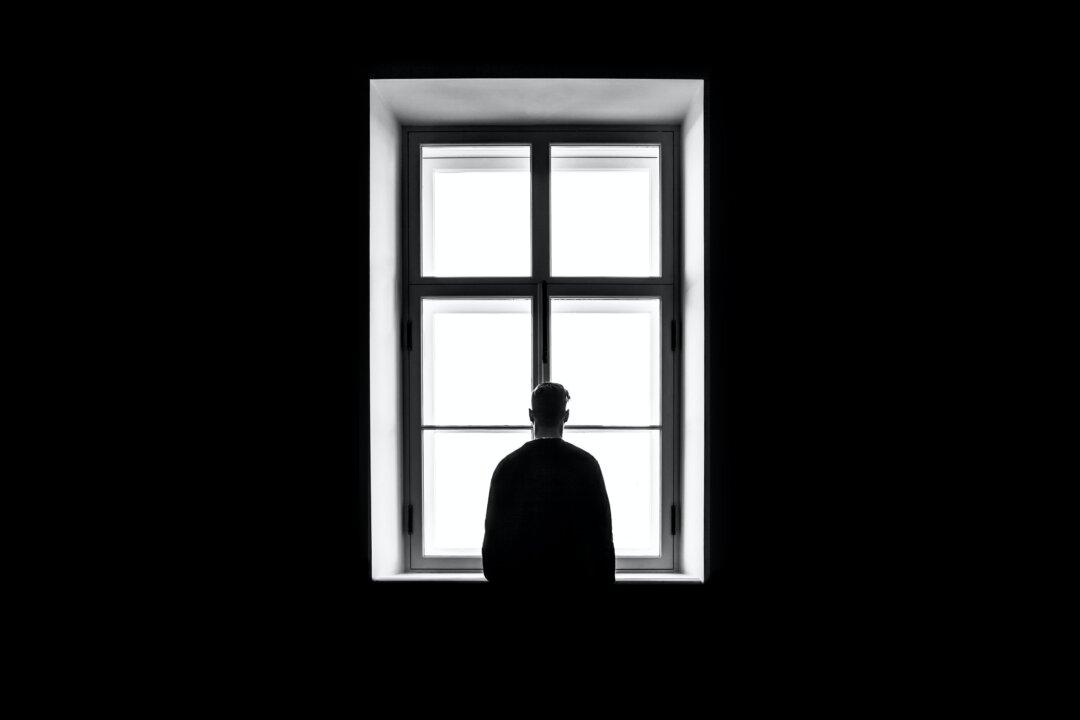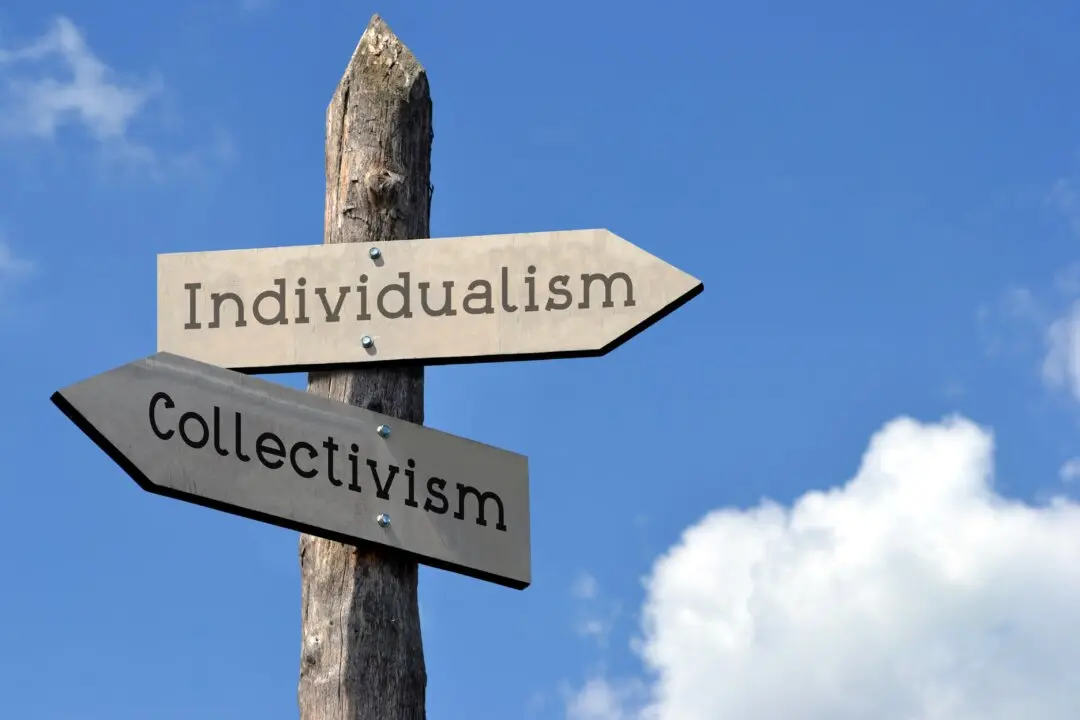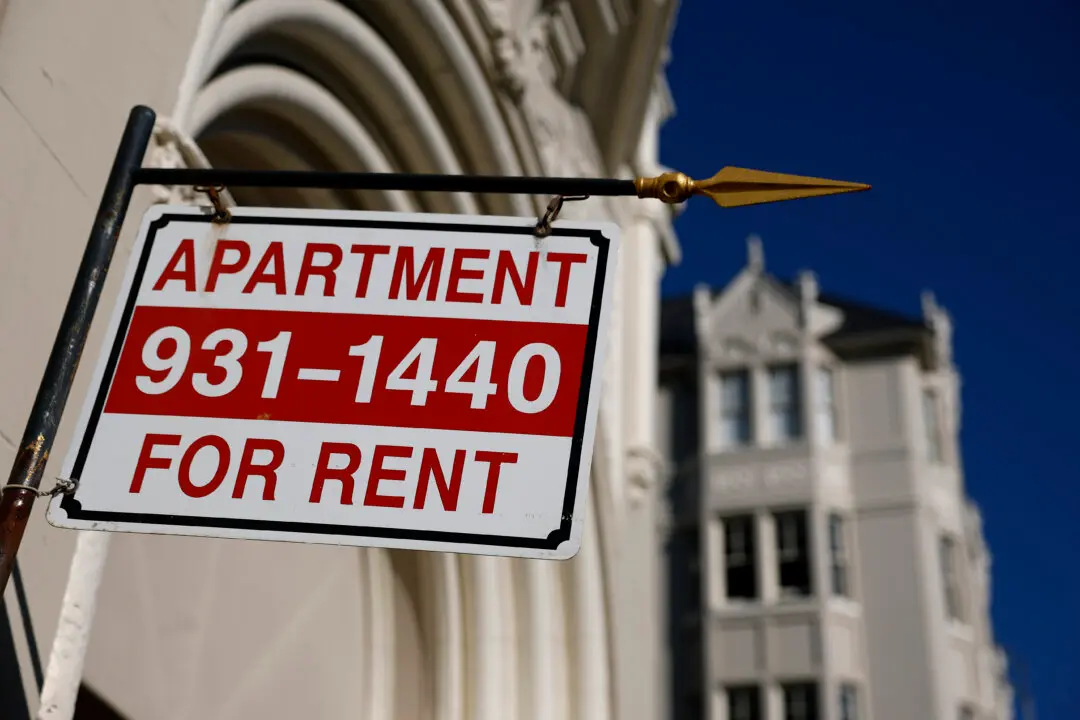Commentary
As predicted, the Biden administration has spent the better part of the past week explaining that even if the Commerce Department’s July 28 U.S. second-quarter gross domestic product (GDP) figure is a negative number, it doesn’t mean that we are in a recession.





